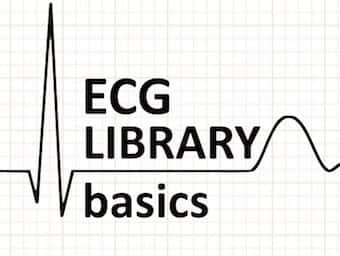
ECG Interpretation: Myocardial ischaemia and infarction
Part two of a 5 part lecture series on ECG/EKG Interpretation - Myocardial ischemia and infarction - with Dr Theo Sklavos and cardiologist A/Prof William Wang.

Part two of a 5 part lecture series on ECG/EKG Interpretation - Myocardial ischemia and infarction - with Dr Theo Sklavos and cardiologist A/Prof William Wang.

Part one of a 5 part lecture series on the basics of ECG/EKG Interpretation with Dr Theo Sklavos and cardiologist A/Prof William Wang.

ECG Rule of Fours - aka ECG Interpretation Made Easy...On your arrival in the ER, the emergency intern casually throws you the ECG.

Worked examples of the three main methods to calculate ECG rate, along with an explanation of paper speeds and relevant clinical applications

For our healthcare student friends, and anyone else fighting the AXIS of evil! Super Axis Man (SAM) is here to help understand Axis on the ECG

ST depression from subendocardial ischemia does not localise... look for a reciprocal STEMI! ECG anatomy correlation MI localization

ECG features of sinus arrhythmia. Sinus rhythm with beat-to-beat variation in the P-P interval producing an irregular ventricular rate.

In normal sinus rhythm, pacemaking impulses arise from the SA node and are transmitted to the ventricles via the AV-node and His-Purkinje system

A review of the different types of pacemaker rhythms with some fantastic example ECGs. LITFL EKG LIbrary

ECG changes seen with raised intracranial pressure (ICO) / intracranial haemorrhage and subarachnoid haemorrhage with ECG examples

A review of normal T wave morphology as well common abnormalities including peaked, hyperacute, inverted, biphasic, 'camel hump' and flattened T waves